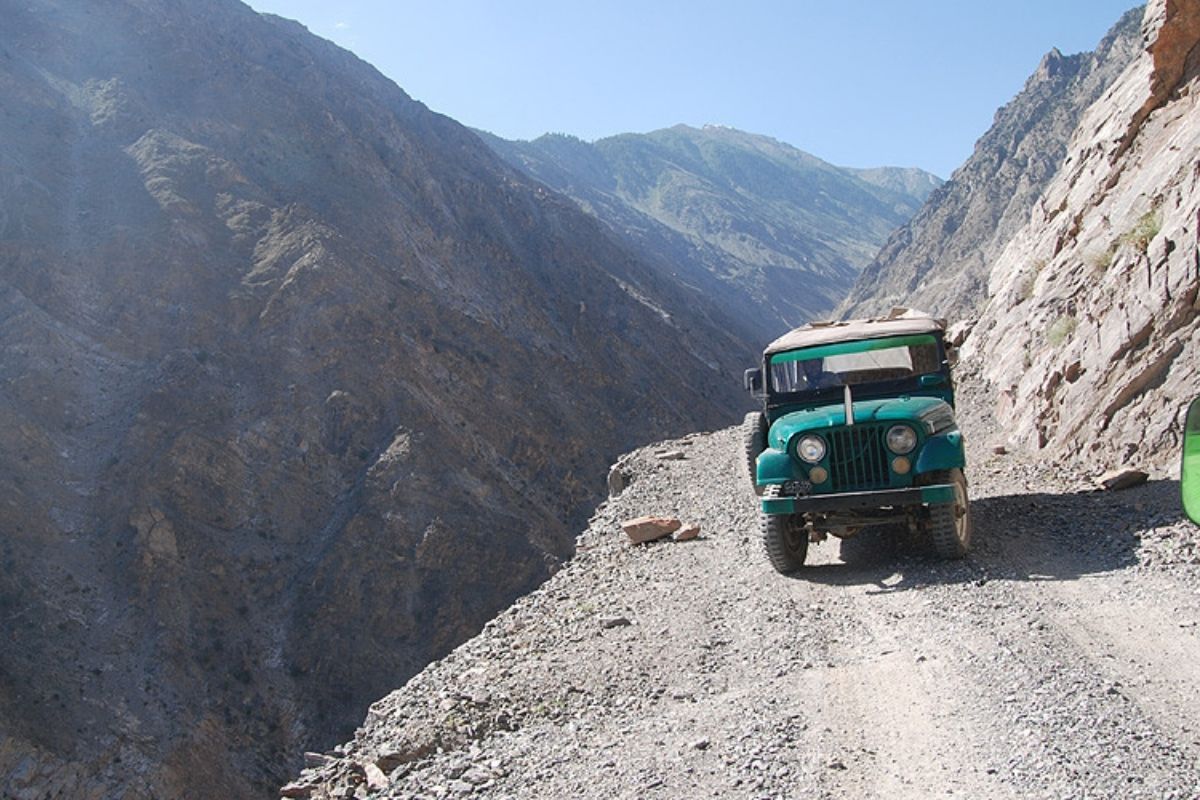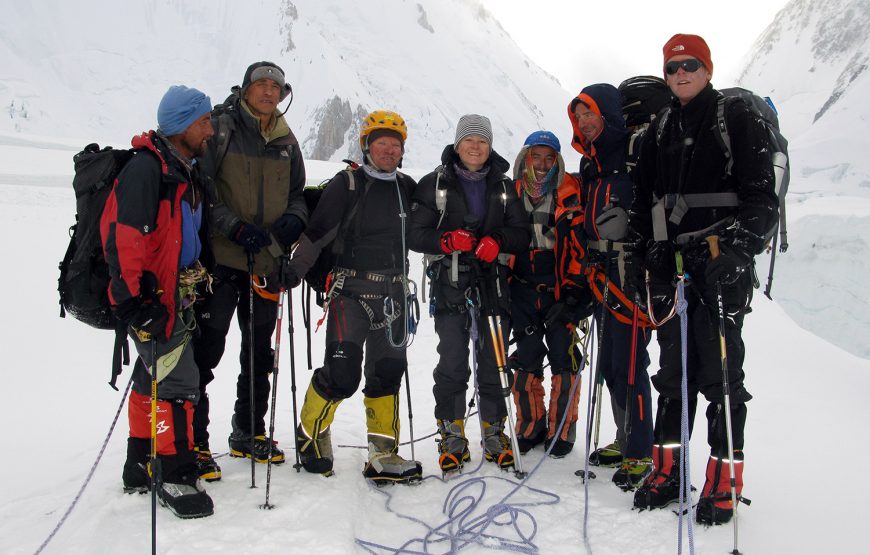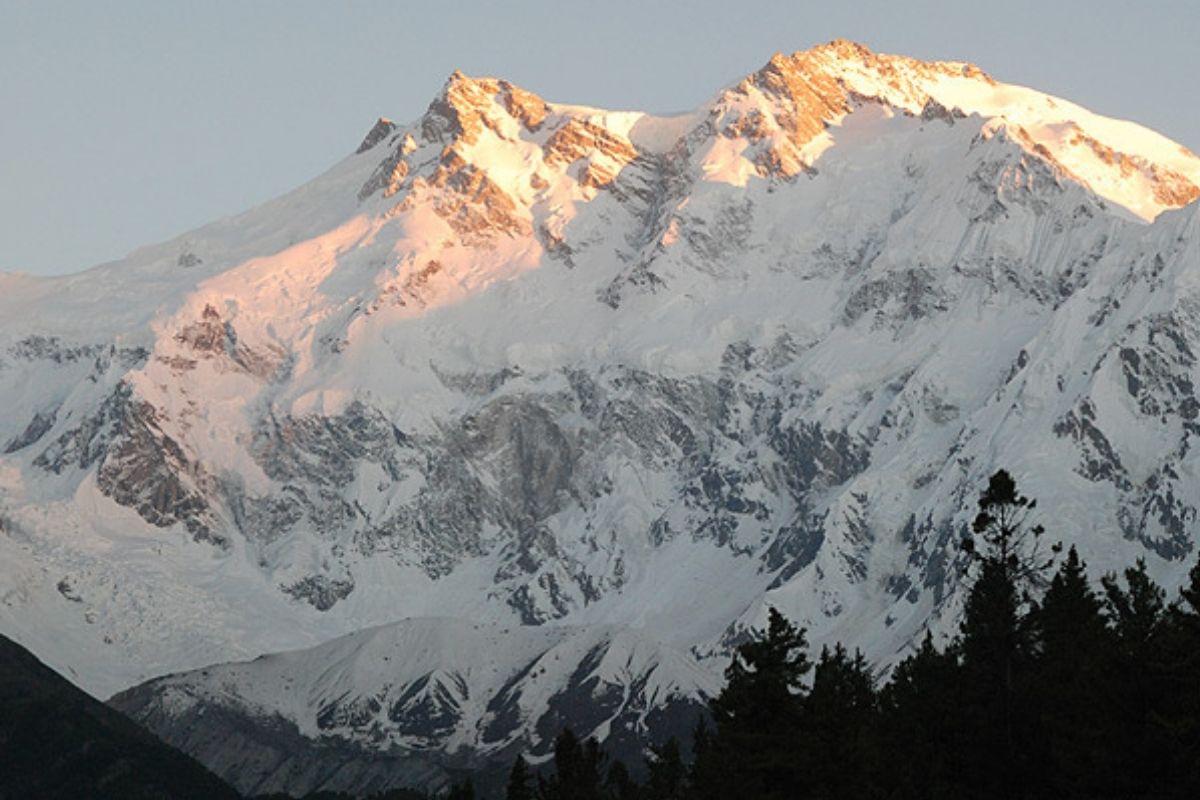Gilgit-Baltistan, Pakistan’s northern gem, is home to some of the world’s most scenic trekking routes. From lush valleys to towering peaks, this region offers an adventure for every kind of trekker.
Top Trekking Routes in Gilgit-Baltistan:
- K2 Base Camp Trek: A challenging yet rewarding trek.
- Nanga Parbat Base Camp Trek: Explore the “Killer Mountain” and its serene Rupal Valley.
- Hunza Valley Treks: Discover the beauty of Passu Cones and Batura Glacier.
- Shimshal Valley: A remote trek offering cultural immersion and stunning views.
When to Trek:
The best time is between June and September, when the weather is favorable, and trails are accessible.
Conclusion:
Whether you’re a seasoned trekker or a beginner, Gilgit-Baltistan offers an unmatched blend of natural beauty and adventure. Pack your bags and discover the hidden treasures of this region.






